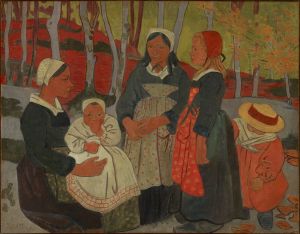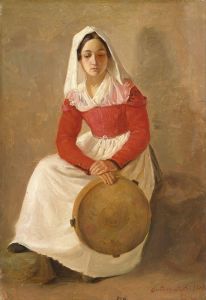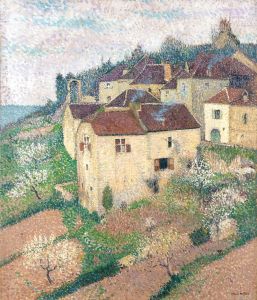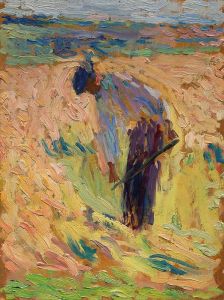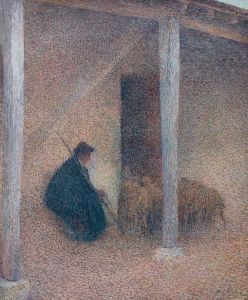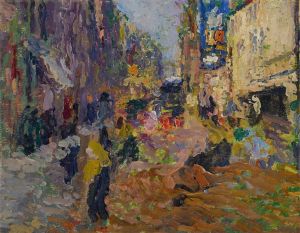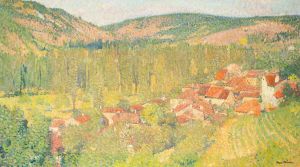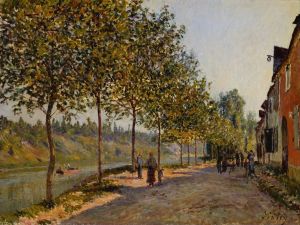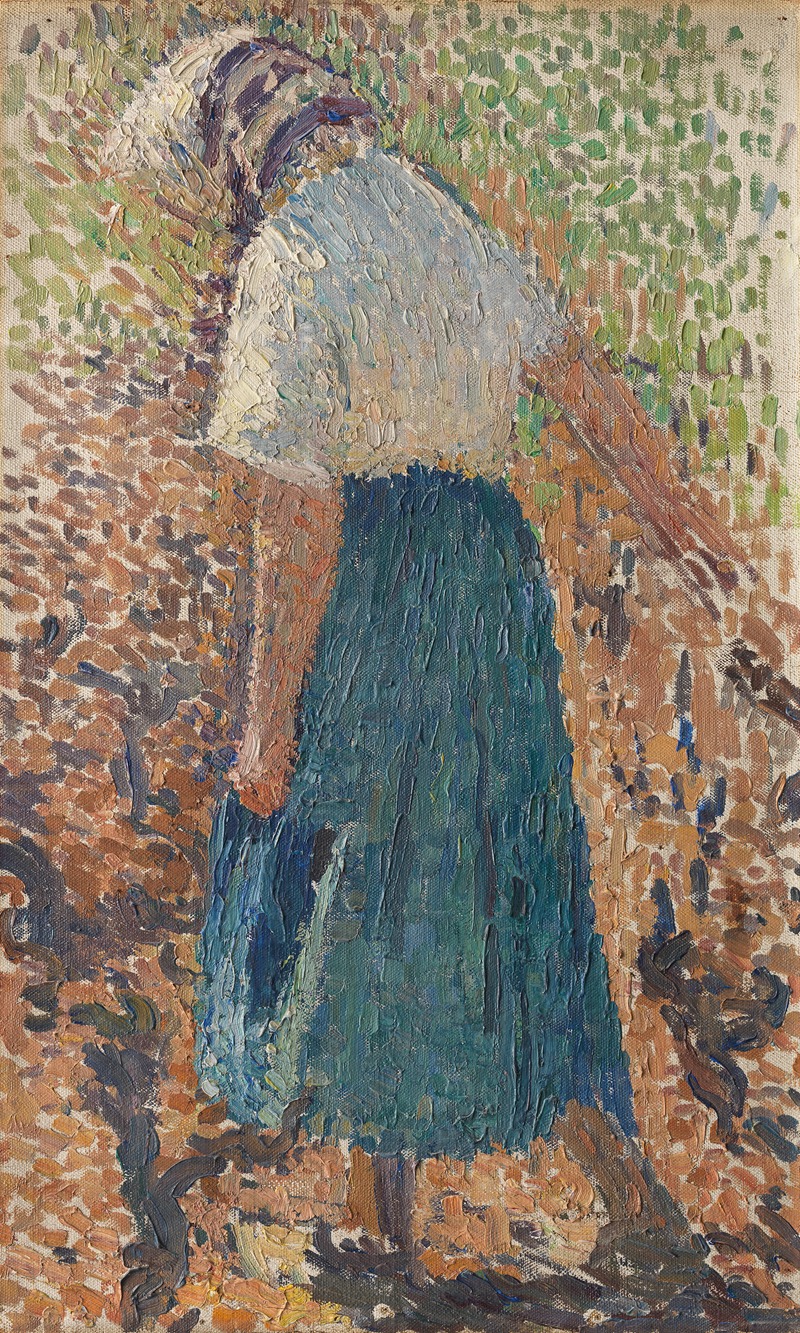
Jeune femme dans les vignes
A hand-painted replica of Henri Martin’s masterpiece Jeune femme dans les vignes, meticulously crafted by professional artists to capture the true essence of the original. Each piece is created with museum-quality canvas and rare mineral pigments, carefully painted by experienced artists with delicate brushstrokes and rich, layered colors to perfectly recreate the texture of the original artwork. Unlike machine-printed reproductions, this hand-painted version brings the painting to life, infused with the artist’s emotions and skill in every stroke. Whether for personal collection or home decoration, it instantly elevates the artistic atmosphere of any space.
Henri Martin was a prominent French painter known for his contributions to the Post-Impressionist movement. Born in 1860, Martin developed a distinctive style characterized by his use of pointillism and a vibrant color palette. His works often depicted serene landscapes, gardens, and scenes of rural life, capturing the essence of the French countryside with a sense of tranquility and harmony.
"Jeune femme dans les vignes" (translated as "Young Woman in the Vines") is one of Martin's notable works, reflecting his fascination with nature and rural themes. Although specific details about this painting are limited, it is consistent with Martin's broader oeuvre, which frequently featured figures immersed in natural settings. The painting likely portrays a young woman amidst a vineyard, a common motif in Martin's work, symbolizing the connection between humans and the land.
Martin's technique often involved the application of small, distinct dots of color, a method inspired by the pointillist approach pioneered by Georges Seurat and Paul Signac. However, Martin's adaptation of this technique was less rigid, allowing for a more fluid and expressive representation of light and atmosphere. This approach is evident in "Jeune femme dans les vignes," where the play of light and shadow across the vineyard and the figure creates a sense of depth and movement.
The choice of a vineyard as the setting is significant, as it reflects the importance of viticulture in French culture and economy. Vineyards are emblematic of the rural French landscape, and by placing a young woman within this context, Martin may be highlighting themes of growth, fertility, and the cyclical nature of life. The painting captures a moment of quiet contemplation, inviting viewers to appreciate the beauty and simplicity of everyday rural life.
Henri Martin's work was well-received during his lifetime, and he was awarded numerous accolades, including the prestigious Prix de Rome in 1889. His paintings were exhibited widely, and he became a member of the Académie des Beaux-Arts in 1917. Martin's legacy is preserved in various museums and collections, with his works continuing to be celebrated for their lyrical quality and masterful use of color.
"Jeune femme dans les vignes" exemplifies Martin's ability to convey emotion and atmosphere through his art. While specific historical records about this painting are scarce, it remains an important piece within Martin's body of work, illustrating his enduring fascination with the interplay between humanity and nature. Through his paintings, Martin invites viewers to pause and reflect on the serene beauty of the world around them, a theme that resonates with audiences even today.





